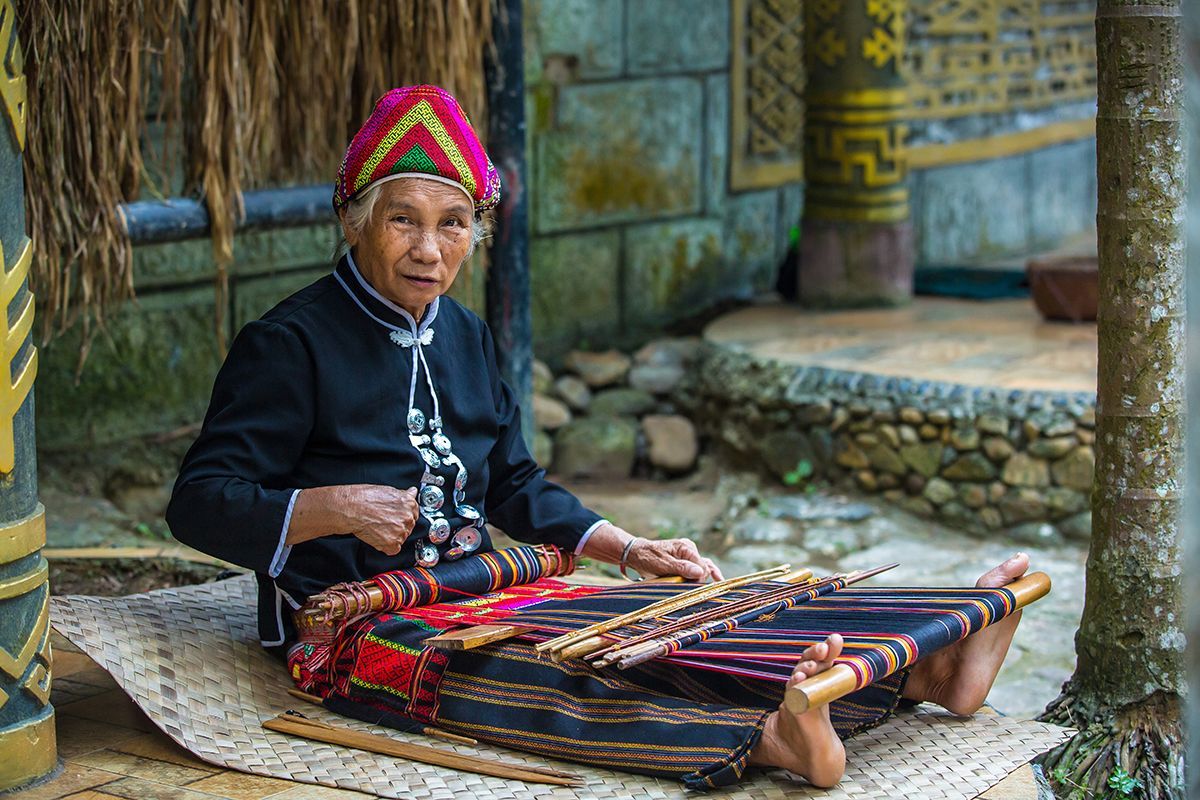© This article is an extract from Paul Hattaway's epic 656-page China’s Book of Martyrs, which profiles more than 1,000 Christian martyrs in China since AD 845, accompanied by over 500 photos. You can order this or many other China books and e-books here.
1905 - 11 Tibetan Catholics at Yanjing
April 18, 1905
Yanjing, Tibet
A Tibetan Catholic. (Julian Hawken]
Many people around the world who are fascinated by Tibet are unaware that one corner of the vast territory has a long and rich Catholic heritage which survives to the present day. The Missions Etrangères de Paris spearheaded work in the remote region that comprises the juncture of the present-day borders of Yunnan, Sichuan, and Tibet. Batang in western Sichuan Province was a main Catholic center of operations. The small town of Yanjing, just within the borders of the present Tibet Autonomous Region, turned out to be the most receptive station. The Catholic church at Yanjing was birthed in persecution. In 1865, after their community at Bonga had been pillaged and burned to the ground, Fathers Alexandre Biet and Auguste Desgodins “led their faithful followers to Yanjing and established themselves juridically on a few bits of ground, thanks to the connivance of the local populace and the silence of the native chiefs.”[1] These French Catholic priests were men of outstanding quality. All who came into contact with them—including Protestant missionaries—were impressed by their evident devotion and godly character.
The current Catholic priest at Yanjing, standing in front of the Tibetan church. [Julian Hawken]
When Englishman Thomas Cooper visited Fathers Biet and Dubernard in 1871, he reported:
“The history of the mission may, from the date of its establishment, be traced in the blood of numbers of brave and noble-minded missionaries who have fallen by poison or the knife in the cause of their religion. Self-banished to this country without a hope of return, the French missionaries have worked on, and in spite of massacres by the savages…their devotion has been rewarded by hundreds of genuine converts.”[2]
Several families responded to the gospel soon after the missionaries started preaching in Yanjing, and others later joined the church. Some isolated families from rural areas also became Christians and faced persecution from their fellow villagers and local Buddhist lamas. Consequently, the missionaries arranged for the new believers to move to Yanjing so that they could be part of the Christian community there, which by the start of the 20th century numbered more than 200 people.
This burgeoning Church did not go unnoticed by the Buddhist leaders of Tibet. To have so many Tibetan people forsaking their religion and embracing Christianity proved intolerable. The Dalai Lama in Lhasa dispatched emissaries to Yanjing in order to force the Catholics to denounce their faith. The believers listened to the Dalai Lama’s edict, and politely yet firmly replied that they could not change, for they had found the one true religion. In response, the Dalai Lama’s emissaries
“shot several Christian families in a field that is called the ‘Field of Blood’ to this day. Instead of intimidating the believers, this cruel act solidified their faith and helped them to renounce Buddhism. It has remained Christian ever since. By 1922 there were a reported 1,610 Tibetan Catholic converts in the area.”[3]
The Yanjing Catholic Church, near the Field of Blood where several Tibetan families were martyred in 1905. [Julian Hawken]
A different source says,
“the lamas and their paid assassins pillaged and burned the residence [at Yanjing]. Since the stars were unfavourable that day, they were afraid to attack the living and so, like sinister hyenas, they merely dug up the [missionary] graveyard and threw the bones into the Mekong River…. Eleven Christians were bound to the pillars in the chapel. The next morning, April 18, they were dragged out into a field which from then on was to be called ‘the field of murder.’ They refused the offer to apostatize. A hail of bullets cut them down. Their bodies were thrown into the river.”[4]
After several French missionaries were murdered a few months later, the French government pressurized the Chinese authorities to punish those who had killed the priests. Several Tibetan temples were demolished in retribution.

1. Loup, Martyr in Tibet, 68.
2. Thomas T. Cooper, Travels of a Pioneer in Commerce in Pigtail and Petticoats, or An Overland Journey from China Towards India (London: John Murray, 1871), 309.
3. Hattaway, Operation China, 512.
4. Loup, Martyr in Tibet, 147-148.




